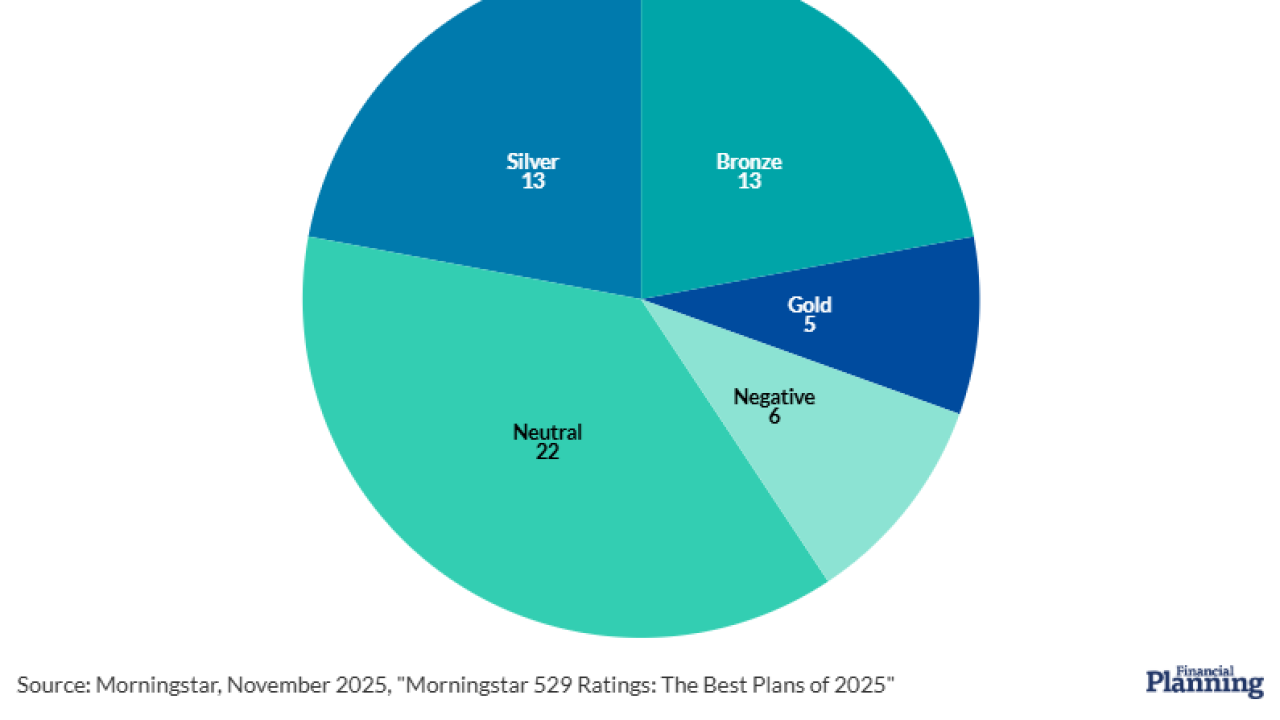Many companies may be engaging in revenue management, along with earnings management, to meet or beat analyst expectations, particularly in the technology and health care industries, according to a new study.

The
“A cross-sector comparison reveals that the RRC for high-tech and health sectors is almost twice of that for the consumer, manufacturing and miscellaneous other sectors,” said the
The study found that 16 percent of the companies reported revenues that just barely met or slightly exceeded analyst forecasts following quarters of high revenue response coefficients (above the median). In contrast, only about 9 percent of the companies did the same after quarters of low RRCs.
In terms of earnings sensitivity (known as an “earnings response coefficient,” or ERC), 15 percent of the companies reported revenues that barely met or slightly exceeded analysts’ revenue forecasts following quarters of low ERC, while only 11.5 percent did after quarters of high ERC.
“Clearly, corporate managers are attuned to what investors are looking for in their companies’ reports and to the weight investors assign to revenues as distinct from earnings,” Zhao said in a statement. “And, to a considerable degree, the revenues they report reflect this.”
The professor suspects that accounting manipulation may be the culprit behind the findings. Previous research described the way managers tend to switch between an all-growth strategy, in which revenues take priority, and a margins strategy, in which earnings do. “But given the fact that company financial results conform as conveniently as they do to what investors are looking for, one also has to wonder about the extent of accounting manipulation in bringing this about,” she said.
Zhao believes her study could indicate to investors and regulators that when a company just meets or slightly beats analysts' revenue benchmarks, it could be managing its accounting to meet that goal.
The finding especially applies to early-stage companies. For relatively young companies, Zhao found more of a positive association between their RRCs and meeting revenue benchmarks.





